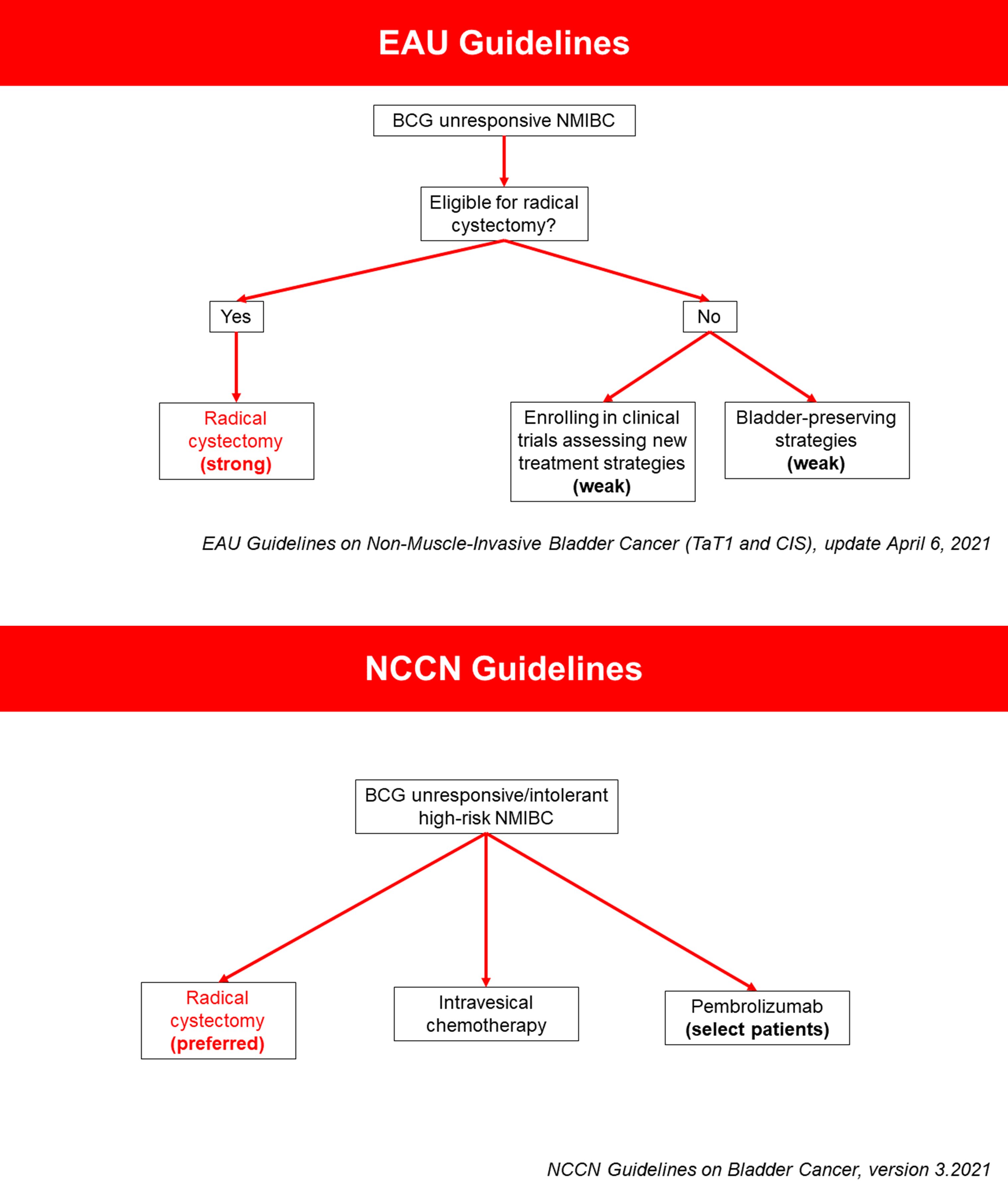Multiparametric MRI (mpMRI) is critical for patient selection for AS, however, follow-up assessment typically involves a combination of prostate-specific antigen (PSA) tests, digital rectal examination, and restaging biopsies. The invasive nature of protocol-driven biopsies may limit patient uptake of AS, with MRI potentially offering a means to avoid or limit the number of interventions and associated complications5 whilst providing a reliable tool to monitor the disease progression, which reaches up to 23% over the first five years of AS.6 Past issues have related to defining what is meant by “radiological progression” on AS, and inconsistent reporting of follow-up MRI findings for patients on AS, thus precluding comparison of the data between the studies. In 2017, a multidisciplinary panel of experts developed the Prostate Cancer Radiological Estimation of Change in Sequential Evaluation (PRECISE) scoring system7 in order to standardize the language used to convey the likelihood of radiological progression of the disease and facilitate data collection regarding the natural history of MRI findings in men on active surveillance.
This study presents the initial validation of prospectively assigned PRECISE against the true histopathological progression of the disease using real-life clinical data obtained at Cambridge University Hospitals NHS Foundation Trust between 2011-2018.8 Of 295 patients included, 41 (13.9%) showed true histopathological progression over 52 months, which compares favourably with previous studies9–11 reporting higher progression rates over shorter follow-up periods and likely reflects the stringent enrolment criteria employed, which incorporates MRI and early re-biopsy for discordant radio-histological findings.
With a cut-off value of category ≥ 4, PRECISE showed sensitivity, specificity, positive predictive values (PPV), and negative predictive values (NPV) for predicting progression on AS of 75.6%, 88.6%, 51.7%, and 95.7%, respectively, with area under the curve (AUC) 0.82 (95% CI: 0.74-0.90). PSA-density (PSA-D), Likert lesion score, and index lesion size were the only significant baseline predictors of progression (p<0.05). AUC of PRECISE was increased to 0.93 (95% CI: 0.89-0.96) when combined with baseline PSA-D > 0.20 and MRI Likert lesion probability score of ≥ 4. The high NPV of PRECISE scores 1-3 (stable radiological appearance) may reduce the need for re-biopsy whilst the moderate PPV of PRECISE scores 4–5 (MRI features of progressive disease; Figure 1) should trigger either closer monitoring or re-biopsy, thereby further refining and personalising AS management.

Figure 1. PRECISE score 4. A sample case of a 65-year-old male at AS enrolment, baseline PSA 4.2 ng/ml. Top row: T2 axial, bottom row: ADC maps. A, B: 2017 MRI shows a Likert 4 lesion in the left mid anterior PZ measuring 6 x 4 mm (arrows). Initial biopsy showed Gleason 3+3=6 disease. C, D: 2020 MRI: lesion increased to 15 x 9 mm (PRECISE 4). Targeted biopsy showed Gleason 5+4=9 disease.
Overall, PRECISE showed good performance in predicting histopathological progression on AS, which can be further improved by incorporating standard-of-care baseline clinical predictors. This work, therefore, provides a much-needed evidence base for the continued expansion of the role of MRI in prostate cancer management across the whole care continuum from the initial pre-biopsy assessment to long-term follow-up on AS programmes. In terms of future work, objectivising PRECISE by introducing quantitative imaging features of the disease progression may further improve its performance and ensure a stronger correlation with the underlying biology of prostate cancer.
Written by: Nikita Sushentsev, MD, PhD Student, Addenbrooke’s Hospital and University of Cambridge, Cambridge, UK; Iztok Caglic, MD, PhD, Consultant Radiologist, Cambridge University NHS Foundation Trust, Cambridge, UK; and Tristan Barrett, University Lecturer and Honorary Consultant Radiologist, Addenbrooke’s Hospital and University of Cambridge, Cambridge, UK.
References:
- Rawla, P. Epidemiology of Prostate Cancer. World J. Oncol. 10, 63–89 (2019).
- National Prostate Cancer Audit Annual Report 2019. https://www.npca.org.uk/content/uploads/2020/01/NPCA-Annual-Report-2019_090120.pdf (2020).
- Neal, D. E. et al. Ten-year Mortality, Disease Progression, and Treatment-related Side Effects in Men with Localised Prostate Cancer from the ProtecT Randomised Controlled Trial According to Treatment Received. Eur. Urol. 77, 320–330 (2020).
- Wilt, T. J. et al. Follow-up of prostatectomy versus observation for early prostate cancer. N. Engl. J. Med. (2017) doi:10.1056/NEJMoa1615869.
- Loeb, S. et al. Systematic review of complications of prostate biopsy. European Urology (2013) doi:10.1016/j.eururo.2013.05.049.
- Van Hemelrijck, M. et al. Reasons for Discontinuing Active Surveillance: Assessment of 21 Centres in 12 Countries in the Movember GAP3 Consortium. Eur. Urol. 75, 523–531 (2019).
- Moore, C. M. et al. Reporting Magnetic Resonance Imaging in Men on Active Surveillance for Prostate Cancer: The PRECISE Recommendations—A Report of a European School of Oncology Task Force. Eur. Urol. 71, 648–655 (2017).
- Caglic, I. et al. MRI-derived PRECISE scores for predicting pathologically-confirmed radiological progression in prostate cancer patients on active surveillance. Eur. Radiol. 2020 1–10 (2020) doi:10.1007/s00330-020-07336-0.
- Hefermehl, L. J., Disteldorf, D. & Lehmann, K. Acknowledging unreported problems with active surveillance for prostate cancer: A prospective single-centre observational study. BMJ Open 6, 10191 (2016).
- Tosoian, J. J. et al. Active surveillance program for prostate cancer: An update of the Johns Hopkins experience. J. Clin. Oncol. (2011) doi:10.1200/JCO.2010.32.8112.
- Soloway, M. S. et al. Careful selection and close monitoring of low-risk prostate cancer patients on active surveillance minimizes the need for treatment. Eur. Urol. 58, 831–835 (2010).


